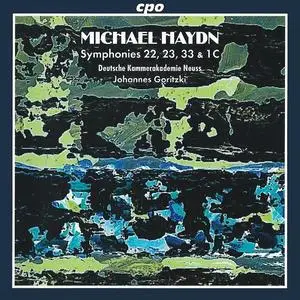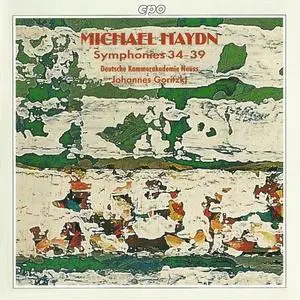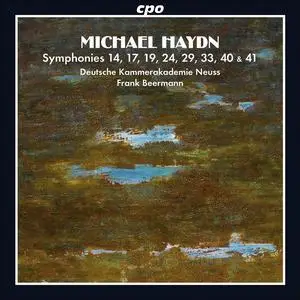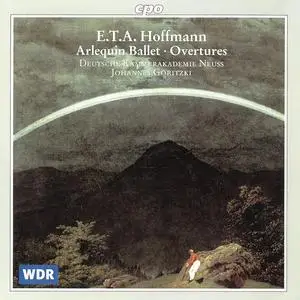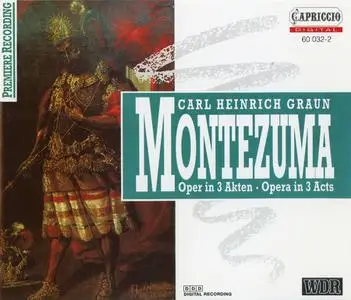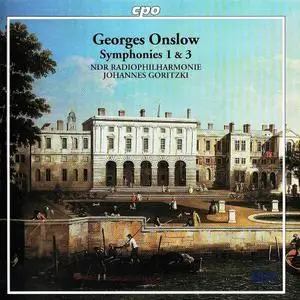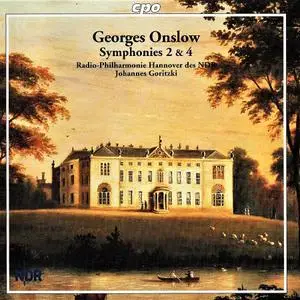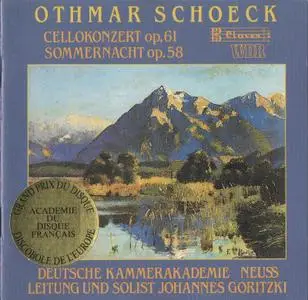Johannes Goritzki, Deutsche Kammerakademie Neuss - Michael Haydn: Symphonies 22, 23, 33 & 1C (2002)
EAC | FLAC | Image (Cue & Log) ~ 296 Mb | Total time: 68:23 | Scans included
Classical | Label: CPO | # 999 380-2 | Recorded: 2001
EAC | FLAC | Image (Cue & Log) ~ 296 Mb | Total time: 68:23 | Scans included
Classical | Label: CPO | # 999 380-2 | Recorded: 2001
Wie spannend und aktuell auch die Beschäftigung mit über 200 Jahre alter Musik sein kann, zeigt unsere Edition aller Sinfonien von Michael Haydn sehr deutlich. Nun ist es mal wieder so weit: vier wundervolle Sinfonien sind produziert. Die Nummern 22, 23, 33 und 1C (Perger 1) stammen aus zwei Schaffensperioden Michael Haydns, die durch etwa 20 Jahre voneinander getrennt sind. Sie geben einen faszinierenden Einblick – sowohl in Haydns kompositorische Entwicklung als auch in die Vielfalt, die das Experimentierfeld Sinfonie jener Jahre bot. Die Deutsche Kammerakademie Neuss unter Johannes Goritzki ist hörbar zum Michael-Haydn-Spezialisten geworden.


